“Battling PMS Monster: Effective Strategies to Tame Monthly Hormonal Changes”
In this informative blog post, Dr. Kriti Dhuria, an expert in women's health and hormones, delves into effective strategies to tackle the challenges of premenstrual syndrome (PMS) and tame monthly hormonal changes. Dr. Dhuria explores the common symptoms of PMS and empowers readers with practical tips to alleviate discomfort and promote well-being during this phase of the menstrual cycle. Throughout the article, Dr. Dhuria discusses the hormonal fluctuations that occur during the menstrual cycle and their impact on mood, energy levels, and physical symptoms. She highlights the importance of recognizing PMS symptoms, such as irritability, mood swings, bloating, and fatigue, to proactively manage these changes. Dr. Dhuria shares evidence-based strategies to help individuals navigate PMS more effectively. She explores lifestyle modifications, including dietary adjustments, regular exercise, stress reduction techniques, and adequate sleep, which can all contribute to minimizing PMS symptoms.
Dr. Kirti Dhuria
4/25/20244 min read
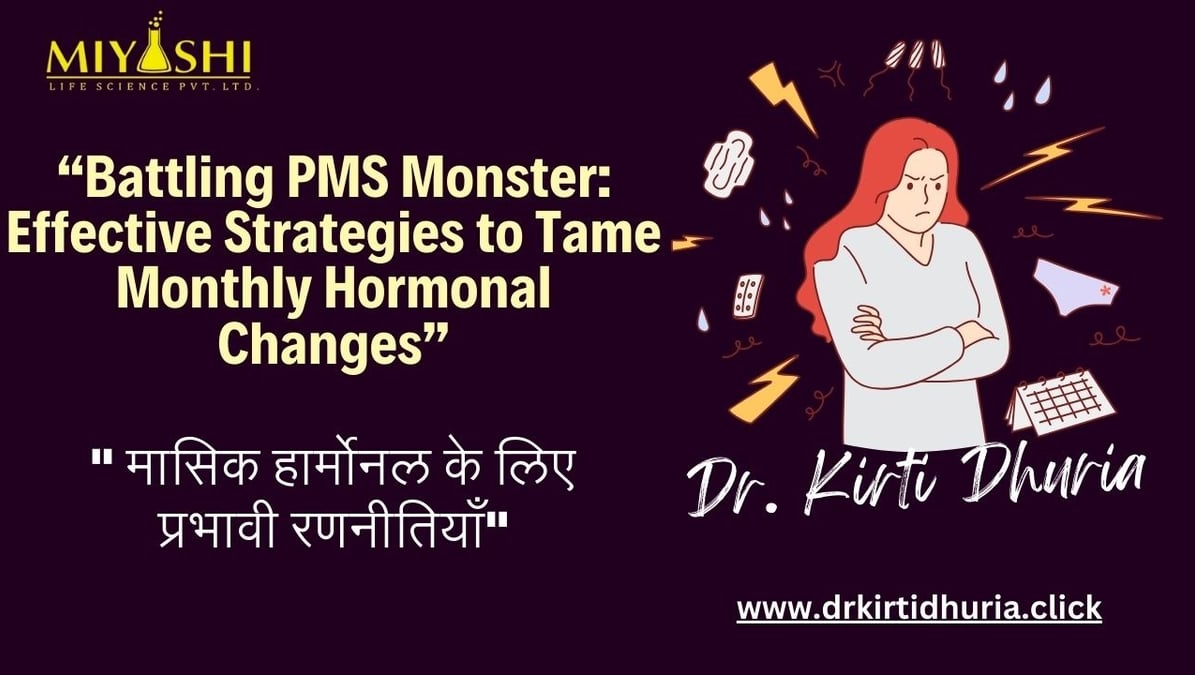

Often referred to as the unwelcome monthly visitor, PMS (Premenstrual Syndrome) can sometimes feel akin to a relentless monster wreaking havoc on your emotional and physical well-being. It's an enigma wrapped in a mystery, appearing without fail each month with its suitcase of mood swings, bloating, headaches and fatigue. Like clockwork, millions of women around the world brace themselves for this unavoidable onslaught.
Understanding PMS and Hormonal Changes


Understanding our bodies, especially the intricate details of hormonal changes, can feel like a daunting journey. Wading through medical jargon only to feel even more bewildered about Pre-Menstrual Syndrome (PMS) symptoms isn't everyone's idea of fun. Yet mastery and comprehension may just be your secret weapon towards lessening unwelcome feelings or discomfort.
Forget the simple equation that PMS merely equals mood swings; your body is navigating an agile hormonal ballet each month. The rise and drop of estrogen and progesterone can direct not just your emotional radar but also physical traits like bloating or migraines. It's no wonder some individuals rename their cycle week as ‘hormone-tide'. This ongoing ebb and flow orchestrates a masterpiece - no less than the biological possibility of human life! Understanding this complexity, breaking it down into manageable insights can empower us in ways we didn't realize, promoting real balance both mentally and physically.
Decoding PMS: Symptoms and Severity
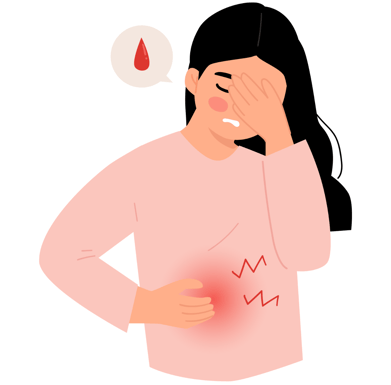

Having PMS can be likened to riding an emotional roller coaster; one minute you're at the pinnacle of joy, the next you're spiraling down into anguish and irritability. This dramatic variance in emotions is routinely associated with premenstrual syndrome (PMS), a physiological cum psychological condition that bedevils approximately 75% percent of menstruating women. Nevertheless, it's vital to elucidate that PMS isn't something invented by frazzled minds or an exaggerated creation of oversensitive feelings - rather, it’s a real medical condition, with concrete scientific evidence backing its existence.
Diving further into details, we notice the unserious tone some conversations take when addressing the uncomfortable reality many women face during this inevitable monthly cycle. And here's where we must step up in providing better understanding and empathy towards these physical transformations leading to fluctuations in moods and behaviors. It begins with decoding the symptoms - they range from tender breasts, fatigued bodies and bloating setbacks to more severe 'invisible' indications like heightened anxiety levels or even clinical depression in extreme cases. By acknowledging that the severity differs greatly among individuals repositions us towards fostering sympathetic environments for affected women worldwide.
The Science Behind PMS: Hormones at Play
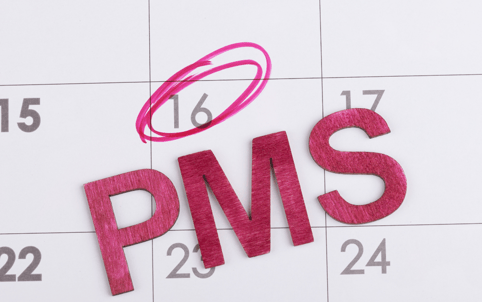

It is essential to unravel the science behind Premenstrual Syndrome (PMS), a condition that affects up to 75% of menstruating women. At the heart of PMS lies a complex interplay between hormones, most notably estrogen and progesterone. These two hormones govern the menstrual cycle with their levels waxing and waning in a choreographed dance over approximately 28 days.
The majority of PMS symptoms occur during the luteal phase, which is noteworthy because it's when progesterone levels are at their highest. There’s also evidence to suggest that serotonin, colloquially referred to as our “happiness hormone,” plays crucial roles too; fluctuation in its level can lead to mood swings and emotional turbulence often associated with PMS. More research into this hormonal ballet will hopefully yield more effective strategies for managing PMS, thus providing relief for millions of women worldwide.
Dietary Changes to Combat PMS Symptoms
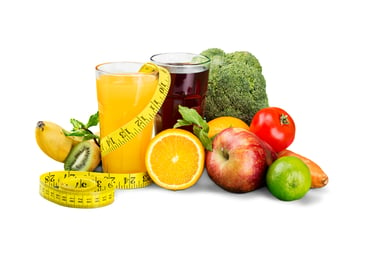

Incorporating specific dietary changes can significantly influence your body’s ability to manage PMS symptoms. Foods rich in calcium and magnesium such as leafy green vegetables, dairy products, or nuts acts as natural muscle relaxants, thus alleviating cramps and aches associated with the menstrual cycle. Moreover, these nutrients also help to reduce mood swings and combat fatigue.
Say goodbye to heavily processed foods that could exacerbate bloating and irritability. Ditching manual hormones hiding in non-organic meats for lean proteins like fish not only promote satiety but also deliver omega-3 fatty acids well known for their anti-inflammatory properties. Alongside this shift, cultivating love for fruits high in water content like watermelons or cucumbers can help minimize bloating while equipping your body with essential vitamins.
Exercise and Relaxation Techniques for PMS Relief
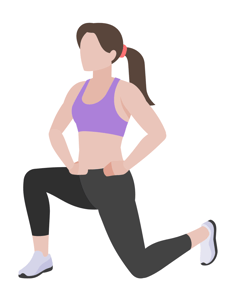

One of the most underestimated yet effective remedies for Premenstrual Syndrome (PMS) relief is regular exercise. It aids in releasing endorphins, also known as 'happy hormones', which act as natural painkillers and mood elevators, helping alleviate common PMS symptoms such as fatigue, a low mood, and discomfort. Further research has demonstrated that apart from keeping us physically fit, consistent exercise positively influences our hormonal balance while fostering better sleep quality - two essential factors capable of offsetting the severity of PMS.
The incorporation of relaxation techniques such as yoga and meditation can also make a significant difference when dealing with PMS. The blend of deep breathing exercises, gentle movements, or mindfulness respectively helps to keep stress levels under control thereby reducing the intensity of your symptoms. These practices not only support women manage both physiological and psychological aspects linked to PMS but it also advances general wellbeing leading towards healthier menstrual cycles.
Conclusion: Empowering Women Against the PMS Monster
In conclusion, understanding and managing PMS is essential for every woman's overall wellbeing. By implementing the strategies mentioned such as regular exercise, a balanced diet, adequate sleep, and stress management techniques, one can indeed tame the so-called PMS monster. Remember that seeking professional help when necessary is not a sign of weakness but an act of empowerment. Every woman deserves to live a life free from monthly hormonal turmoil. Let us take control of our bodies, arm ourselves with knowledge and tools to combat PMS, and lead healthier and happier lives!




